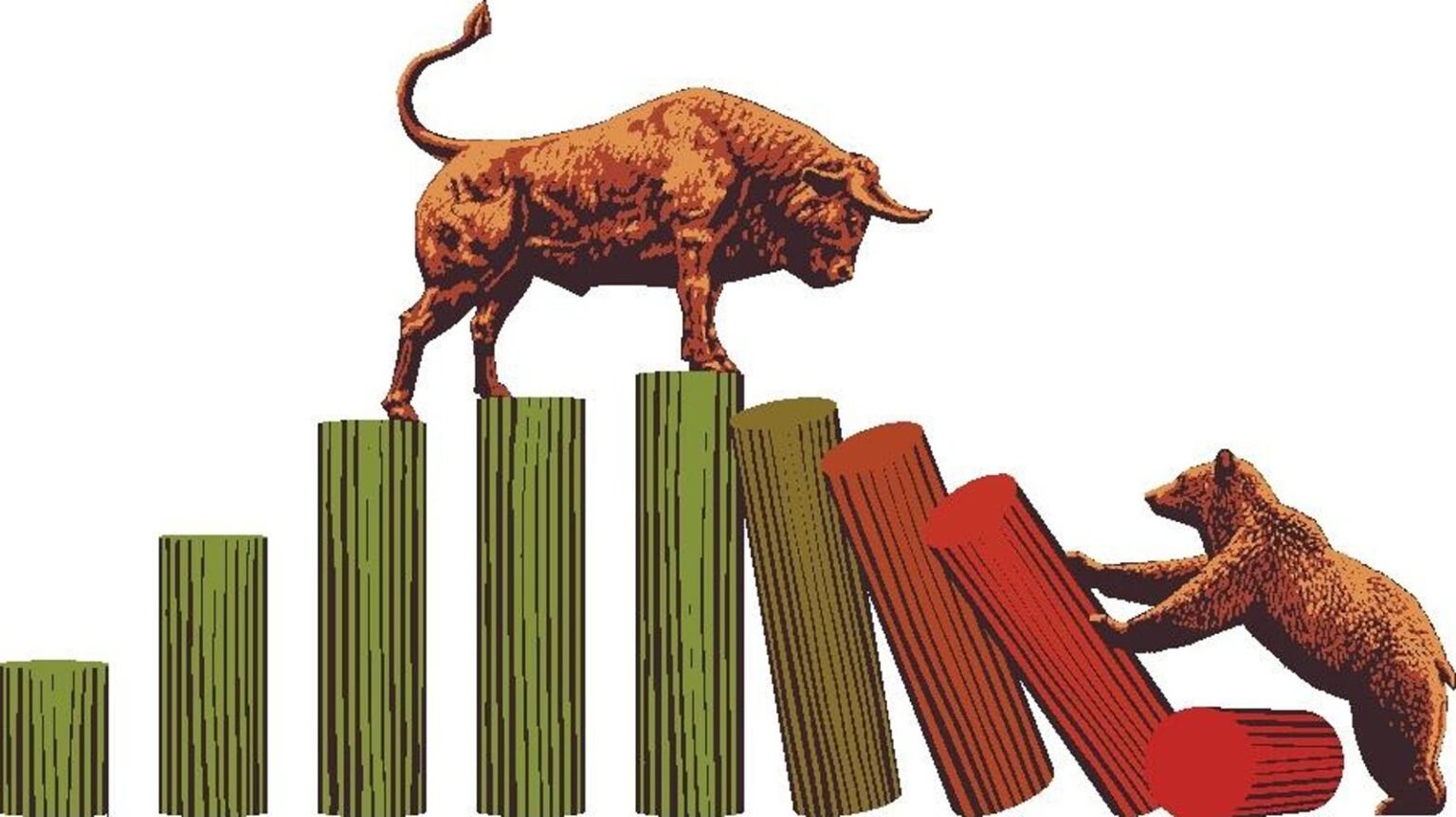Stock markets worldwide experienced a sharp decline on Monday, with the S&P 500 Index falling 3%, marking its worst day since September 2022. The index has plummeted 8.5% from its all-time high three weeks ago, erasing the gains made in the last three months. Despite this drop, stocks are still up 8.7% for the year overall, indicating that most investors’ brokerage accounts have not been significantly impacted yet. However, concerns over market overvaluation and investor complacency continue to loom large.
Market expert Jim Stack warns that Wall Street is facing a three-fold problem of being overvalued, over-invested, and over-complacent. Valuation indicators such as market cap to GDP and price-to-earnings multiples remain higher than historical averages, while households have a higher percentage of their assets invested in stocks than usual. Uncertainty surrounds the Federal Reserve’s ability to guide the economy towards a soft landing, adding to investor anxiety.
The anxieties were compounded by the release of the Bureau of Labor Statistics’ jobs report on Friday, which revealed a higher-than-expected unemployment rate of 4.3%. This figure has increased from 3.7% since the beginning of the year, triggering concerns of a recession according to the “Sahm Rule.” Overseas markets also experienced significant declines, with Japan’s Nikkei 225 index falling 12% on Monday. While the S&P 500 opened down more than 4% on Monday, it did not escalate into a more severe crash.
Chief investment strategist Sam Stovall emphasizes the importance of not making hasty decisions, advising against selling on a Monday. Stovall points to encouraging indicators such as the expansion of economic activity in the services sector in July, but remains cautious about buying at the moment. Other investment firms, such as Marshfield Associates with $7.1 billion in assets, are also maintaining a cautious approach by holding onto significant cash reserves and avoiding frothy tech stocks.
Investors in mega-cap tech stocks, which have experienced a more pronounced decline in recent weeks, are also feeling the pressure. Despite this, many of these stocks have significantly outperformed over a longer timeframe, contributing to the market’s record highs through July. As interest rates are anticipated to decrease at the Fed’s September meeting, investors may need to reassess their risk tolerance and investment strategies in response to potential market shifts.
Overall, market experts like Stack remain bearish on the outlook for the rest of the year, citing concerns over the unwinding of investor complacency and confidence. As investors navigate a volatile market environment and shifting economic conditions, the need for prudent investment decisions and a cautious approach is underscored. The Fed’s upcoming interest rate decisions and the global economic landscape will continue to influence market trends and investor sentiment in the coming months.












